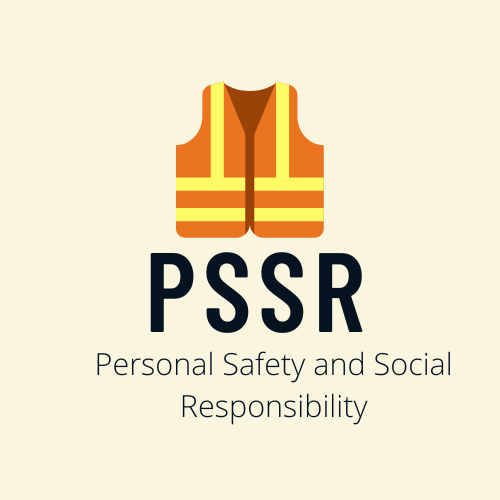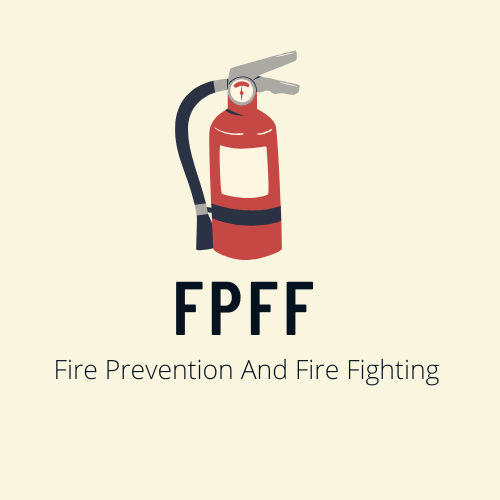LGTF exit exam questions and answer quiz contain questions Answer
If you find any questions incorrect, please let us know by Clicking here.
1. The purpose of remotely controlled measuring of tank levels is to measure
a. Height from liquid surface to top stringers in the tank
b. Height of liquid in the tank *
c. Height from bottom shell to top stringers in the tank
d. Height of bottom girders in the tank
2. One of the following is Not an alarm on an inert gas plant, which one ?
a. Low pressure alarm
b. Low oxygen alarm
c. Deck seal low water alarm
d. Scrubber high water level alarm
3. While commencement of loading cargo direct high-pressure loading is advisable
a. True
b. False
4. On all gas ships, any pipework entering or leaving the cargo tank must do so through the of the tank
a. At the end
b. Top
c. Bottom
d. Forward end
5. What characteristics should insulation materials possess for use in gas carriers?
a. Low thermal conductivity, ability to bear loads
b. Ability to withstand mechanical damage, lightweight
c. Unaffected by cargo liquid or vapour
d. All the above
6. What are the symptoms of Asphyxiant, when LPG and LNG carried as cargo?
a. Increase rate and depth of respiration and loss consciousness
b. Blueness of the skin
c. Stertorous breathing with a snoring sound
d. All of the above *
7. Inert gas - how is sea water supplied to the deck seal?
a. Through the main seawater pumps or through the condenser cargo pump
b. Through a seawater aggregate pump fitted on the cargo deck
c. Through the deck fire line
d. Through the deck seal pump fitted in the engine room
8. What is the boiling point at atmospheric pressure of ammonia?
a. -42 degree Celsius
b, -34 degree Celsius
c. -5 degree Celsius
d. None of the above
9. Ammonia forms explosive compounds with
a Mercury alone
b. Mercury, chlorine, iodine, bromine, calcium, silver oxide & silver hypochlorite
c. Silica
d. Water
10. What is the necessary conditions that must take place for an electrical discharge to occur
a. Electrostatic separation
b. Electrostatic accumulation
c. Electrostatic discharge
d. All of the above
11. For what reason cargo sampling necessary in tankers?
a. To establish safe conditions prior to cargo transfer
b. To establish that the cargo is within commercially agreed specifications at various pumps
c. Both A and B
d. None of the above
12. If cargo density is different from that specified by the float gauge manufacturer, what will you adjust
a. Float correction
b. Trim correction
c. Tape correction
d. List correction
13. What is the guiding rule for limiting pressure surge during loading or discharging
a. Stop the cargo pump
b. First close the ESD valve nearest to the pump
c. Finally close the ESD valve
d. All of the above
14. The mole of hydrogen is
2•
12
32
15. The heat used in the process of evaporation Is called
sensible heat
latent heat •
potential heat
16. The unit of measurement of amount of gas is
Millibar
Mole •
Gramme
17. What Is the Ideal location for a cargo tank from the shell plating, in any Gas tanker type?
less than 760 mm from the shell plating •
less than 750 mm from the ship side
less than 740 mm from the main deck
less than 730 mm from the summer draft
18. When the seller and buyer agree to Free on Board (FOB) what does the buyer pay?
Buyer pays freight, insurance, unloading costs and end transportation •
Buyer pays only insurance, unloading costs and end transportation
Buyer owns the ship so carries it free of charge
Buyer pays only for unloading and end transportation
19. In the cargo tank of a Moss type LNG cargo tank, where are the pumps, pipe - work and cabling secured?
Tubular tower inside the cargo tank •
Liquid dome area, on main deck
Vapor dome area, on main deck
Pump room, close to manifold area
20. Which code will you refer to for the requirements on LNG containment system?
SIGTTO
IBC Code
IGC Code •
OCIMF
21.The pressure that occurs above a vacuum is called as pressure,
atmospheric
absolute •
gauge
22. What is the ideal location for the cargo tank from the bottom shell plating, for any Gas Tanker type?
B / 10 or 1.5 meters, whichever is less
B / 5 or 3.0 meters, whichever is less
B / 15 or 2 meters, whichever is less •
B / 4 or 2.4 meters, whichever is less
23. Onboard an LNG tanker, what is the option available when gas burning operation is not possible to control the cargo tanks pressure onboard an LNG Tanker?
Stop the voyage until pressure stabilizes
Jettison the cargo to an amount not less than 80% by volume
Heat the Boil - off Gas (BOG) and vent to atmosphere via common mast riser •
Open up All cargo tanks safety valves
24. Which of the following machinery is used for the Initial pressurization of insulation spaces?
Boiler
Evaporator
Nitrogen generator •
Vacuum pump
25. Onboard an LNG carrier, during loading operations, what will happen when a tank cargo level hits 99% by volume capacity?
Alarm sounds but topping - up operations continue
Emergency mooring release will be activated
Vent risers will open automatically
Very high level alarm initiated and ESDS is activated •
26. Your vessel has completed loading and is ready for gauging. Which of the following should you ensure?
All personnel should be onboard and ready in their departure stations
The custody transfer system should be closed and isolated in the presence of shore representatives
All cargo systems on the ship should be closed and the shore connections isolated or disconnected
Cargo system valves should be lined - up to fill the largest tank in the ship to allow topping – up
27. What will happen if cold LNG Boil • Off Gas (BOG) vented through the mast riser?
Mast riser will froze up and it is possible to crack
Methane vapor will catch fire immediately
Methane vapor will be turning back to LNG liquid
Big white plume will be produced •
28. Onboard a membrane class LNG tanker, during purging cargo tanks with LNG, when should the vaporizer be shut down?
After it has warmed to the ambient temperature •
When methane content >80% by volume
When methane content >5% by volume
It should be kept on for loading operations
29. Why is inert gas preferred over nitrogen for inerting cargo tanks?
Inert gas is more effective than nitrogen
Nitrogen is preferred and is used more
Nitrogen is more expensive and the quantity required is large •
Nitrogen cannot be generated onboard
30. Onboard an LNG carrier, what is the maximum allowable filling limit as per the IMO /IGC regulation?
98.5%
98.6%
98% •
99.0%





